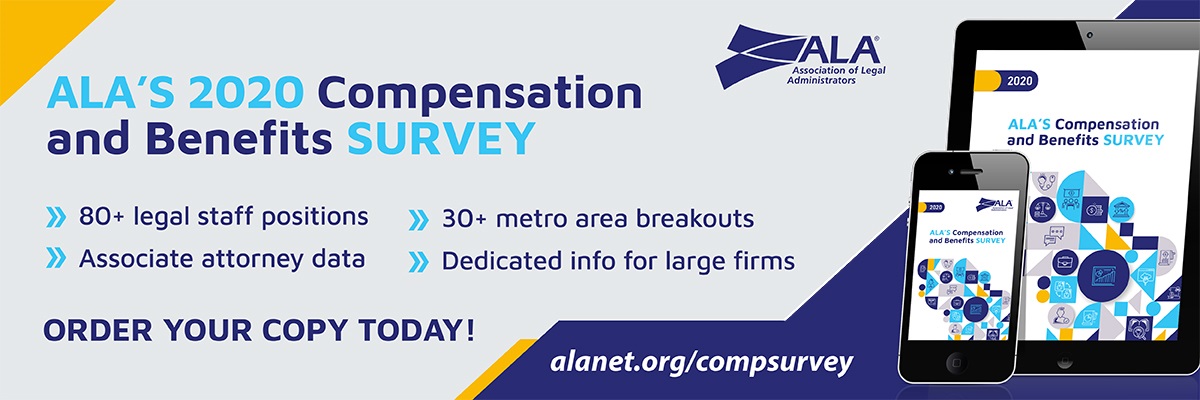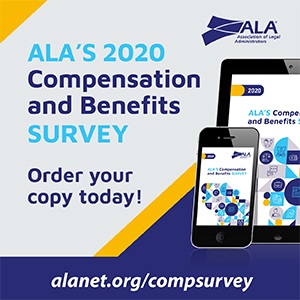For the past few months, I’ve been conducting five to seven webinars per week for firms and associations worldwide. When a speaker is hired to present a program on a particular topic, their job is to spend the hour providing a valuable education while keeping the audience consistently entertained.
Online presenters must work much harder to accomplish these goals. Packing up your briefcase and walking out in the middle of a bad in-person presentation is difficult; there’s enormous social pressure to stay. But it’s much easier to exit a mediocre webinar — just quietly click the “Leave” button. Today’s presentations can’t lag for a single minute.
Sixty minutes go by fast, but a good presenter can pack an enormous amount of content into an hour if they can strictly control the pacing. I don’t want to interrupt the smooth flow of a well-timed presentation or hold back 15 minutes of that precious time fielding random questions at the end. Personally, I can’t recall any recent webinars that were enhanced by random questions from the attendees.
I think the presenter’s goal should be to pack 55 solid minutes of powerful content into a 60-minute time slot. I know what I want the audience to learn ― in this narrow timeframe, I’ve been selected as the subject-matter expert and they’re paying me to provide my best advice in the allotted time.
I’ll have already done all the research, worked with dozens or hundreds of clients on this specific issue and, as a result, know just about everything available on this topic. I’ve distilled an enormous amount of data down to just one tight hour, discarding anything that’s not critical.
I’ll have carefully woven into the presentation a selection of stories, examples, evidence and bullets, and supported it with eye-catching visuals. I’ll typically have scrupulously curated 50 to 100 PowerPoint slides for the hour. (I know, experts suggest that you should only have 10 to 20, but this is what works best for me.)
A great movie doesn’t interrupt its flow by polling the audience to inquire whether they have experienced a similar situation. A bad movie will remain a bad movie regardless of any inserted interaction.
I’ll have edited at least two hours of material into the tightest possible hour, added humor where possible, and rehearsed it literally dozens of times to get the timing and transitions just right before the first person sees it. I typically spend at least 100 hours preparing every presentation.
It’s like a movie ― there’s a carefully structured flow of information with a very intentional beginning, middle and end. A good presentation should lead the viewers along, step by step, telling a memorable story, just like a trial lawyer’s closing argument to the jury. Then it must be tweaked and tailored to target that firm or organization’s particular audience.
THE FALLACY OF “AUDIENCE ENGAGEMENT”
Among the hottest buzzwords today is “audience engagement.” Experts claim that to maintain viewer attention, you must solicit their active participation, asking them questions and taking polls. I’ve found that’s not true. We’re all accustomed to TV and movies, which are one-way entertainment. A great movie doesn’t interrupt its flow by polling the audience to inquire whether they have experienced a similar situation. (“When you were last held hostage by a terrorist, how did you handle it? What would you like Tom Cruise to do next?”) A bad movie will remain a bad movie regardless of any inserted interaction.
Everyone thinks they need interactivity to keep them focused. But that’s simply not true. My take is that a bored audience means that previous presenters didn’t do their job well enough. Maintaining attendees’ attention on a small phone or tablet screen is extremely challenging — especially in today’s world, when we are even more attached to our devices. That means today’s presenters must work even harder to ensure that every single minute of the presentation is compelling and entertaining.


